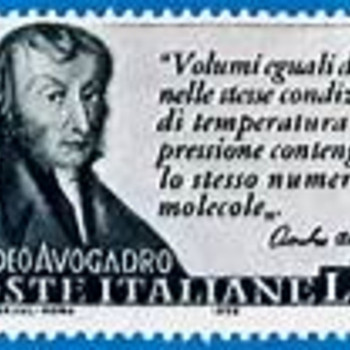Since we are in the chemistry section, we can take the example of solution concentration. And typically we report #"concentration"# with units of #mol*L^-1#.
i.e. #"concentration"="moles of solute (mol)"/"volume of solution (L)"#. And thus units of #mol*L^-1# are entirely reasonable.
And so if we were given a volume of #400*mL# solution with a concentration of #1.50*mol*L^-1# we could immediately address the #"moles of solute"# present by the product.....
#"moles of solute"="volume"xx"concentration"#
#-=400*cancel(mL)xx10^-3cancel(L*mL^-1)xx1.50*mol*cancel(L^-1)#
#-=??*mol#. Dimensional consistency is observed.
And thus whatever answer we get, the units are in #"moles"# as REQUIRED by the terms of the question. Such an approach is known as dimensional analysis. It is more common in fyziks than chemistry, but we can use it in chemistry to give us a clue as to whether our approach was correct. If I got answer in #mol^-1# or #L#, I would know that I ballsed the question up somehow, and should look for the mistake.

